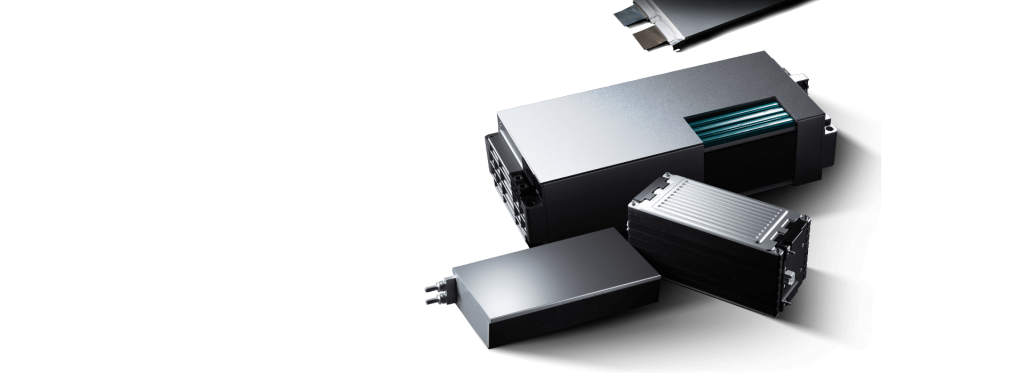Continental has been granted a patent for an electronic assembly that includes a housing with an opening, an input-output port for connecting electronic components to input-output devices, and a flexibly resilient material that partially covers the opening. The material is designed to match the dimensions of the input-output port. A method of producing the electronic assembly is also provided. GlobalData’s report on Continental gives a 360-degree view of the company including its patenting strategy. Buy the report here.
According to GlobalData’s company profile on Continental, Anti-skid tyre treads was a key innovation area identified from patents. Continental's grant share as of September 2023 was 50%. Grant share is based on the ratio of number of grants to total number of patents.
Patent granted for an electronic assembly with a flexibly resilient material covering the input-output port
A recently granted patent (Publication Number: US11777248B2) describes an electronic assembly with a unique housing design. The assembly includes a housing that encloses electronic components and has an opening. An input-output port extends through the opening, allowing connection with input-output devices. The housing is integrated with a flexibly resilient material that partially covers the opening and complements the dimensions of the input-output port.
The flexibly resilient material is dimensioned to cover any space left by the opening that is not occupied by the input-output port. It extends from the top and sides of the opening, providing additional protection and support. The material consists of a top strip connected to side strips, and there may be a slit between adjacent sections.
The integration of the flexibly resilient material with the housing is achieved through injection molding, which is also used to form the housing itself. This manufacturing method ensures a secure and durable bond between the material and the housing.
The flexibly resilient material is made of a plastic film and can be a single piece. It has a mean molecular weight (Mw) ranging from 4000 to 40,000 g/mol, indicating its specific properties and characteristics.
The patent also includes a method for producing the electronic assembly. It involves using a mold with a section that allows the formation of the opening in the housing. The flexibly resilient material is mounted on this section of the mold, ensuring its partial coverage of the opening once formed. Molten material is then introduced into the mold and solidified to create the housing with the integrated flexibly resilient material. Finally, the housing is secured with a substrate that includes the input-output port, resulting in the complete electronic assembly.
This patented electronic assembly design offers improved protection and support for electronic components while allowing easy connection with input-output devices. The integration of the flexibly resilient material through injection molding ensures a strong and reliable housing. The method of production described in the patent provides a systematic approach to manufacturing this unique electronic assembly.
To know more about GlobalData’s detailed insights on Continental, buy the report here.
Data Insights
From

The gold standard of business intelligence.
Blending expert knowledge with cutting-edge technology, GlobalData’s unrivalled proprietary data will enable you to decode what’s happening in your market. You can make better informed decisions and gain a future-proof advantage over your competitors.







